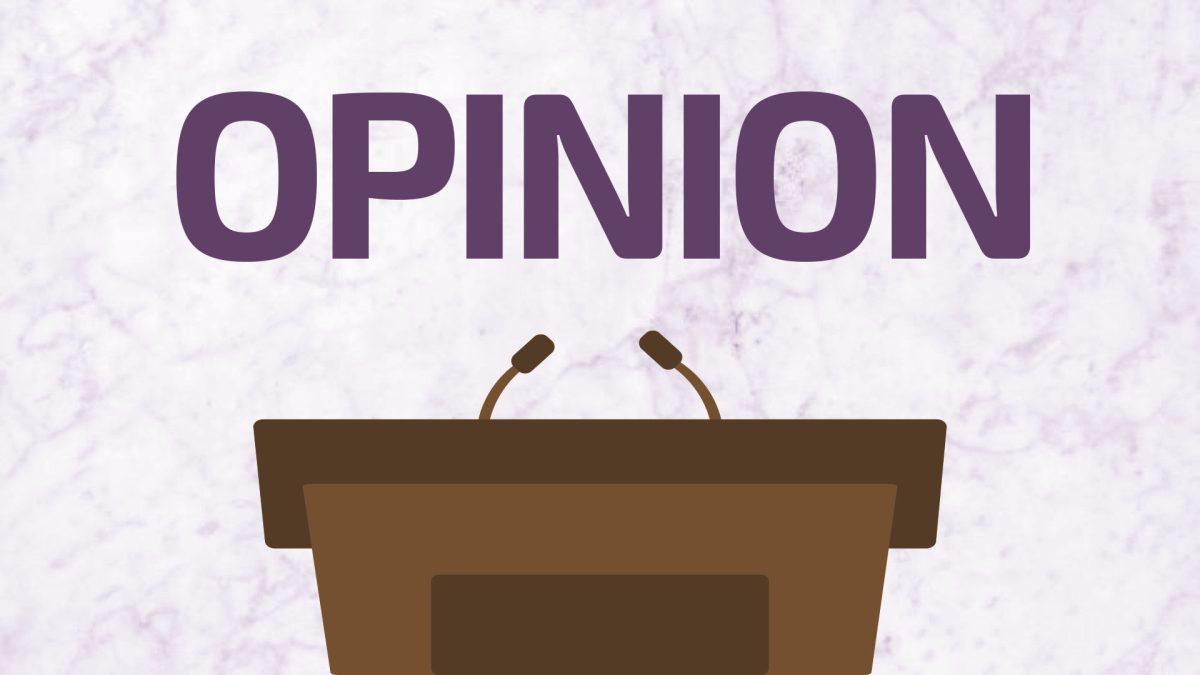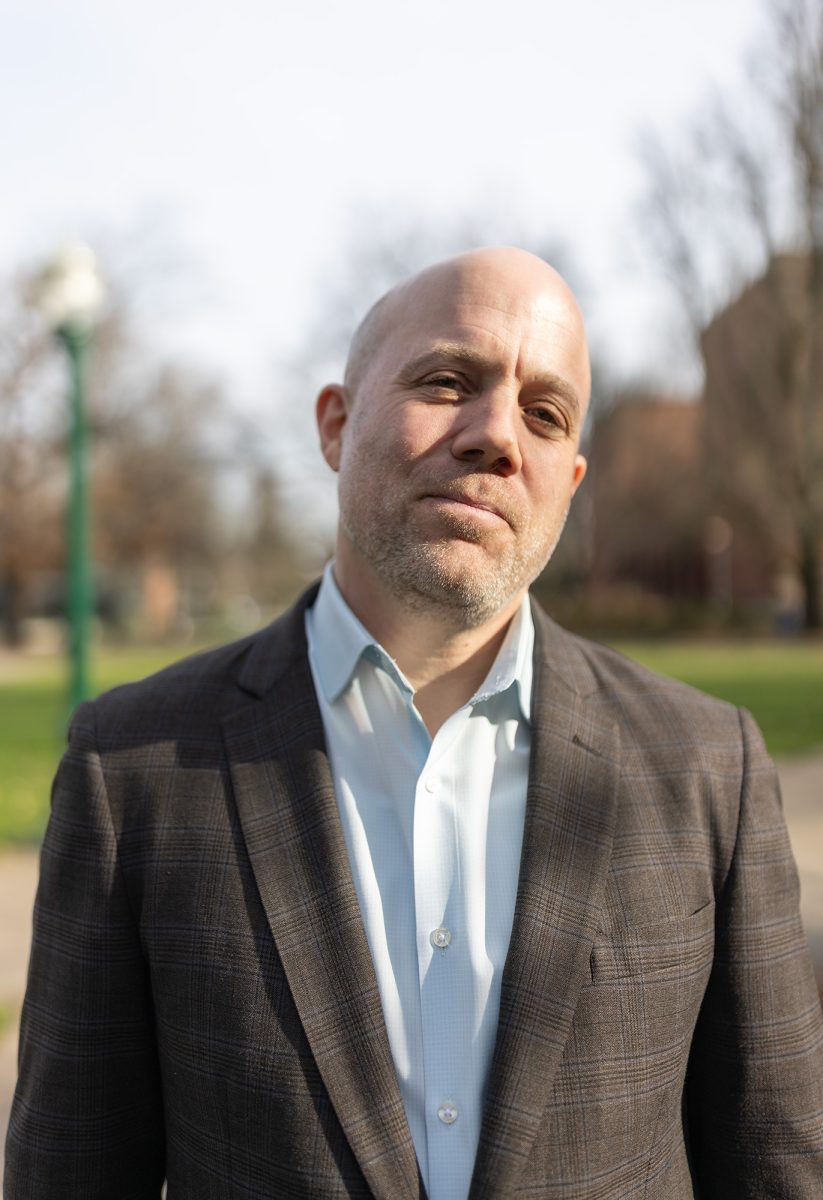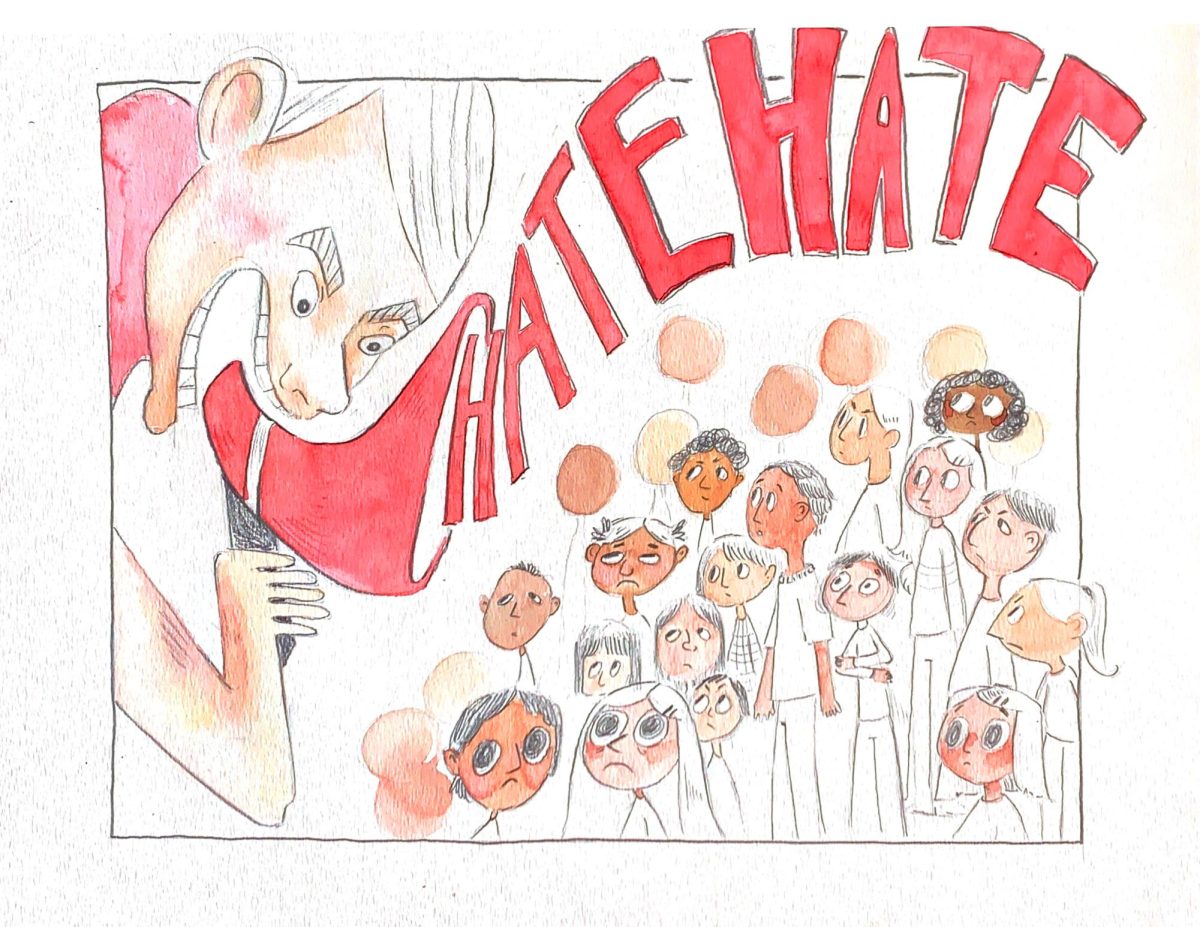Opinion: With Roe v. Wade, currently in danger of being overturned, Ruth Bader Ginsburg’s words help to outline the events we see before us today.
———-
I notice the cracks in the sidewalk as I make my way to class this morning. Nothing is impervious to erosion, not even things we consider cornerstones of society. And though the strains and cracks that affect civic life are not always obvious, recently, they have shown themselves in dramatic, scary ways. With the current events surrounding Roe v. Wade, massive fissures have been uncovered in the realm of gender equality.
Roe v. Wade was a court ruling that protected a woman’s constitutional right to abortion. The landmark decision in 1973 corrected a great wrong and provided necessary protection of fundamental women’s rights. Now, the ruling is in danger of being overturned. It is frightening to imagine the future of what this might mean. In this time of discomfort, however, the mind and words of the late-Justice Ruth Bader Ginsburg have provided me with comfort and guidance for the conflict ahead.
In an annual lecture series known as the James Madison Lecture, Ginsburg discussed the sweeping change the original Roe v. Wade ruling represented. From my understanding of her statements, the abruptness of this change, effectively reversing precedent that had stood since the country’s founding, neglects the previous incremental work that had been done in support of women’s abortion rights. When a governing power makes such a grand decision, it almost begs for resistance. And a right put in place by one monumental ruling only takes one monumental ruling to overturn.
Ginsburg spoke favorably of the strength of taking many, smaller steps toward a larger goal, a tactic exemplified by the case Brown v. Board of Education.
In 1954, Brown v. Board of Education ended the segregation of public schools. In the same lecture, Ginsburg explained, “Brown was not an altogether bold decision.” Four years prior to Brown v. Board of Education, Justice Thurgood Marshall argued Sweatt v. Painter and McLaurin v. Oklahoma State Regents. Both fought for acceptance of Black individuals into higher educational institutions.
Ginsburg explained how Marshall and others who worked the case “carefully set the stepping stones leading up to the landmark ruling.” In relation to Roe v. Wade, she said, “Pathmakers of the same kind had not been installed prior to the Court’s decision in Roe.”
Those involved with Brown v. Board of Education participated in multiple years of background work. They focused on specific aspects of the so-called “separate but equal” doctrine, such as separation in schools, so they could end legal segregation. These steps were necessary in Roe v. Wade. They would have strengthened the Court’s decision, and Ginsburg knew that.
Looking at Ginsburg’s experience as a litigator and a professor, her words come from experience. She fought for women’s rights and also defended men in cases involving their liberties. As a law professor, Ginsburg supported a man named Stephen Wiesenfeld in a case titled Weinberger v. Wiesenfeld.
In this case, Wiesenfeld did not receive social security benefits after he was left a widow by the death of his wife, who had provided the majority of the income for Wiesenfeld and his son. The social security policy of not paying out benefits to men after the death of their breadwinning wives was a form of gender inequality codified in the law. Well-informed on issues of gender discrimination, Ginsburg understood that any lines drawn surrounding gender were lines of inequality, no matter who’s favor they were in.
Mining the meaning of equality was something Ginsburg participated in her whole life. Equality is a dimension, not a singular line, that often exposes itself in legal situations. In this dimension, there are multiple layers that make one thing equal; many things piece together, and instead of drawing a steady straight line that represents right and wrong, there are broken lines built upon one another to create a dimension in which all individuals are compensated for. Although the current legal matters surrounding abortion are troubling to many, myself included, Ginsburg’s wisdom continues to provide comfort in the turbulent times.
The idea of undoing and reworking the law is one Ginsburg built upon. She understood that sweeping motions are vulnerable to attack. Gendered lines destroy the idea of dimensional equality and therefore should not be used when creating rulings.
In a leaked draft from the Supreme Court regarding Roe v. Wade, Justice Samuel Alito wrote, “a State’s regulation of abortion is not a sex-based classification and is thus not subject to the ‘heightened scrutiny’ that applies to such classifications.”
Heightened scrutiny applies to the infringement of fundamental rights or suspect classification, which is individuals who have been discriminated against before. In this piece taken from the Court’s draft, they are going staunchly against the beliefs of Ginsburg. But when talking about undoing laws, Ginsburg’s guidance could improve the conditions we see now.
Ginsburg criticized Roe v. Wade for its construction. And although the future is frightening due to the removal of abortion protections, there lies a hope in the reconstruction of this law.
Our generation can fill the role of the pathmakers Ginsburg talked about as being crucial to securing firm rulings. The construction of Roe v. Wade may have been too sweeping the first time, but the way to remedy that lies in the actions of the future. It is disturbing and difficult to witness the fall of abortion rights, but Ginsburg’s wisdom provides a guiding light for the community’s next steps. Building paths for one another within the dimensions of equality is vital to protecting our basic rights.















